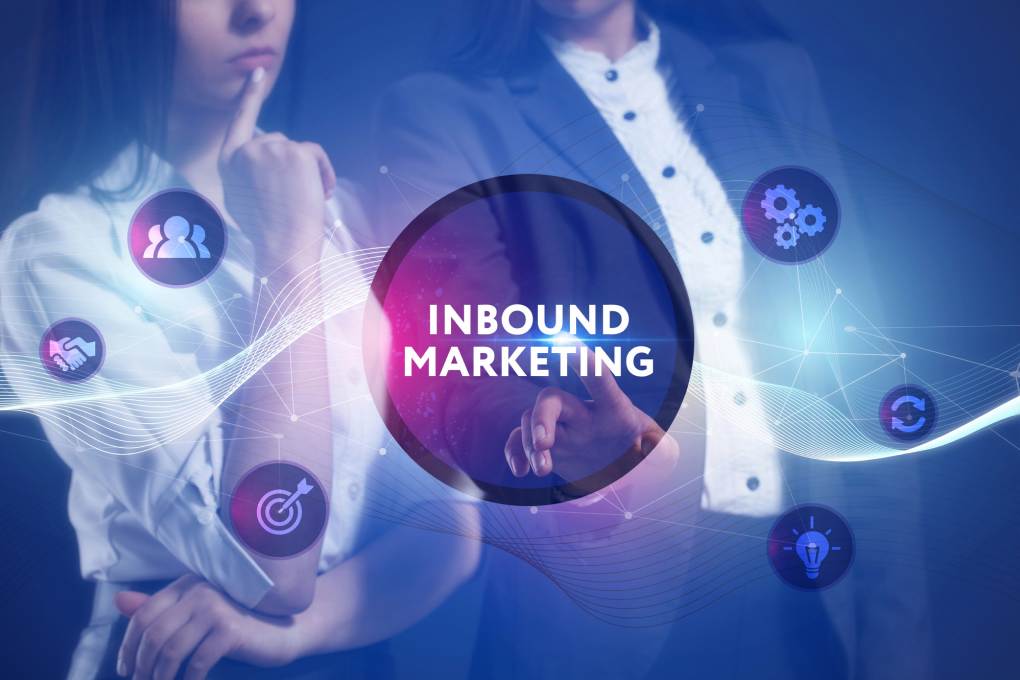Eight Tips For Successful Inbound Marketing

Classic push measures such as advertising are increasingly failing. Ad blockers prevent them from being displayed, and users don’t even notice the banners. The result is unnecessary advertising spending and poor results. This is often frustrating. The cookie banners obscure up to 30% or more of data.
A change of perspective has, therefore, begun in online marketing. With inbound marketing, you don’t target the general public but rather place targeted advertising at a time when the customer specifically needs it. If implemented smartly, you will significantly increase not only your ROI but also your lead numbers.
However, it’s not quite that simple. There are a few things you should keep in mind when doing inbound marketing. These eight tips will help you set up or optimize an inbound strategy for your company.
Table of Contents
The Focus Is On The Customer, Not Your Own Product.
Inbound measures are all about producing relevant content for the user. So your primary question is not which products and topics you want to place in a certain target group, but what information and content does a lead or customer need in which phase of the customer journey?
This requires a fundamental rethink: On the one hand, you have to know exactly who your customers are and, on the other hand, what interests, goals or wishes they have. In practice, this means knowing your buyer personality, which includes demographic characteristics as well as customer behaviour and expectations of your product. To do this, you need to know what phase the user is in when they will see a particular piece of content or advertising. All of this has a significant influence on the approach and placement of your inbound measure.
Know The Phase The User Is In
Knowing your customers and what stage they are in is essential for creating relevant content. There are three basic phases that are important here:
The awareness stage is when a user is aware of a problem, just wants to find out more, and, therefore, does not need any explicit product recommendations. Here, you can use general blog posts, ebooks or white papers on suitable channels.
The Consideration Stage, in which your user looks for a concrete solution to your problem. Troubleshooting videos, tutorials, or podcasts are appropriate at this stage.
And the decision stage. This is where your user makes a purchase decision. While previously, content that matched the user’s interests was more relevant, here you are now, placing your product at the forefront for the first time and aiming for conversion.
Another model that depicts the phases of inbound marketing is the “SEE THINK DO CARE” model.
Don’t Underestimate The Potential Of The Landing Page.
The landing page (LP) is the smartest way to collect leads. Only when you know a user’s email address or phone number are they valuable to you. On the LP, you can offer an ebook or a test phase for your product to get the user’s contact details. Make sure that the page is as clear and informative as possible. I also recommend that you don’t make the lead form too complicated – in the worst-case scenario, this will deter the user and increase the bounce rate.
If you have the contact details, you can then automatically send an email to the lead and cleverly lead it to a conversion. But be careful: Here, too, it is in the spirit of inbound marketing to only produce relevant content for the lead.
The Process Does Not End With The Purchase.
If you have managed to develop a lead into a customer thanks to smart inbound marketing, your work is not yet finished. On the contrary, with good customer relationship management, you may be able to persuade the customer to make another purchase. This is even cheaper than developing a new customer. This also requires relevant content in the right places. With well-thought-out content, the customer may even achieve brand ambassador status, which in turn will provide you with further leads – the supreme discipline of marketing.
Avoid Being Annoying
Nothing is worse than annoying your potential lead or customer with intrusive questions, too much content, or useless content. Therefore, be clear about the added value that you create about your topic and your product during the customer journey. As described in the first tip, you should know your users exactly: What content do they need and when? Do they really want to be confronted with a detailed description of your product when they are just reading up on a topic and getting information?
Your call-to-action and lead forms are of crucial importance. Far too often, users see these as a spam threat. But you can avoid that! In inbound marketing, the motto is “First give, then ask”. So first, create undeniable added value for your users. Only when you have the trust of users can you collect further data from them and ultimately convert them into customers.
In technical language, this is called progressive profiling, which is the collection of data over time. In contrast to the simple up-front data query, where you want to have as much data as possible from the first contact with the user, you proceed more carefully here. When you make your first contact, you only ask for your lead’s unique identifier, such as an email address or phone number. You can glean some information from an email: often, for example, the name or the company the user works for. You will then collect more information over time once you have gained the user’s trust. This way, you can avoid scaring off potential customers right away.
Try Automation
Well-designed inbound marketing only becomes a real profit-maker with well-thought-out automation. When you hear the word automation, you probably think primarily of automated emails. That’s true – but there’s much more!
- Email automation: This is probably the strongest weapon in inbound marketing for developing leads in a targeted manner or turning customers into repeat buyers. Unlike manually sent messages, automated emails are sent to individual users when a trigger is triggered or an event occurs. For example, if a user has visited the price overview on your site several times. Or the user receives an email with further content on the topic two days after downloading an ebook. Be creative and think about what a lead would like to read in which situation and at what time. Tip: Use automated incentives to attract leads.
- Programmatic Ads: This is also part of automation. Here, you display different advertising strategies depending on the potential customers. This can increase your success enormously.
- Dynamic Content: You can do the same with content. Consider whether you really need to show the same content to every user. Shouldn’t the address vary? Don’t users have different prior knowledge? Are users’ intentions really the same? Isn’t it relevant whether the user comes from Facebook or Google? If you play individual content, you increase your lead chances enormously.
You can already see that good automation has enormous potential. However, the basis for success is that you put yourself in the shoes of your user groups. You also need to be able to correctly read and classify the data that your users disclose. If you can do that, nothing stands in the way of smart automation.
Intelligent Lead Scoring
As your inbound strategy develops, you will create more landing pages, create more content, and set up many email channels. In the long run, this can become a real mess! That’s why it’s important to think about your goals right from the start: When is it worth pursuing a lead further – and perhaps manually? When is a user ready to be approached by the sales team? What does a user have to do to get certain content?
To make everything clear, there is the method of lead scoring. With the lead score, you assign points to users based on their activity. This allows you to prioritize users. The more content a user has viewed, the more emails they have opened and the more pages they know about you, the easier it is for you to ultimately convince them of your product.
Data-Driven, Not Gut Feeling.
But all of these tips aren’t worth a cent if you forget one thing: a real and sustainable inbound strategy. You should proceed in a structured manner and listen to data instead of your gut feeling. It should be clear to you what content you use, which channels you use, the frequency and order in which you play relevant content, and how you implement, measure and organize all of this.
Also Read: Online Marketing Strategy For Online Stores







